With her Texan accent and hair that changes from Atomic Aqua to Forest Green to Vampire Red, artist Sally Blakemore hardly seems like a practitioner of Chinese paper cutting and engineering. But she is. In her Arty Projects Studio in Santa Fe, New Mexico, she transforms delicate sheaves into art pieces.
Blakemore made her first trip to China in 1988 and now, many years and trips later, she self-identifies as Chinese. Her current flaming hair color acknowledges that, according to her Chinese astrology, red will bring her luck.
To Blakemore, China is far more than an authoritarian nation that can build a coronavirus hospital in a week. Reaching back before China’s hyper-industrialization, she reinterprets its aesthetic tradition in the studio that she launched in 1994 to do pop-up book packaging. She learned the painstaking process of handcrafting paper from tree bark in one obscure region and walked among 10,000-year-old rice terraces in another.
A graduate of the University of Texas, Blakemore moved from her home state in 1979 for a job in northern Virginia. There she met her husband, fellow Texan and Russian translator Rusty Storbeck. They then moved to New York City where she worked in magazine and book design for five years, forging professional relationships that have continued to this day. Her illustrations have appeared in countless publications, including The New Yorker, Washington Post and Esquire and her paper-engineered books have been published by Simon & Schuster, Disney, Viking and other presses.
Picture This Post (PTP) found Sally Blakemore (SB) sheltering at home with Rusty and their two dogs Tommy and Sam. Not even a devastating case of shingles in 2018 or the coronavirus shutdown has blunted her enthusiasm – or her passion to share it with others.
[PTP] What draws you so deeply to Chinese culture?
(SB) I love most everything from the people of China, not the government.
I went on a tour in 1988 that included Hong Kong. It was not like visiting any other country – a knockout of craziness. It was extremely playful. And I felt totally safe and at home; there are no guns.
My first real trip to the mainland was to Shenzhen 1991 to print books through White Heat, Ltd, as art director. I would get up at 5 a.m. and wander down to the gate of the big, dark printing plant and see a thousand peasants with their plaid plastic woven bags pushing and shoving to get a job. It looked like Medieval times; the fabrics and colors the people wore and the rough faces coming in from the rural areas – from lives spent with nature – to be housed in cinderblock rooms with six others.
While I was in the industrial zones of China, printing and paper engineering and folding, I was introduced to the youthful sweetness of the younger generations. In Shenzhen with all Chinese girls, I found we could speak in Chinese and English while folding paper together and we could understand the words as if we used the same language.
Androgyny has always been my style and I find the Mao period of unisex fashion MY FASHION! All fashion and painting in China drive me wild.
The Chinese have no gods. They have luck and Chi and cultural wisdom – but NO gods. That makes me feel very close to this culture. The concept of unrequited love flows through all of their stories and legends. You can hear it in their music, and the underlying melancholy and harmonies that are really about surviving and continuing on no matter what the obstacle. The Chinese always say, “BEAR IT!” So their ingenuity, humanity, hard toil, styles of dressing and playfulness are something I strive for.
My first musical instrument in Texas was an accordion. It came from Europe but actually, the Chinese invented free reed instruments and those sounds bound me to Chinese culture. The accordion’s ingenious use of bee’s wax, tin, plastic and wood – bellows folded in a classic way to produce its breath, and the reed racks stacked to produce so many sounds – astounded me. I came to realize: This is the organization of the Chinese mind.
Inspiration is an important word in your vocabulary. Please talk about that.
I’ll tell you about Ray Trotter, a wise art man in Taos. He called himself smart white trash with no education at all. But he is quite brilliant. He believed that a strange thing occurred when Native, mostly Navajo saddle blankets, were shared with Rauschenberg, Pollack, Rothko and all the American artists from the urban centers like New York during the 1950s. Artists that were trained up – using other people’s ideas as inspiration from art schools – were blown away by native artists with different value systems who are inspired directly by NATURE. This gave them a totally out-of-the-institutionalized art experience.
Inspiration can last a lifetime. When I was growing up my grandmother had Blue Willow plates. ‘If you finish your dinner, you can see the whole painting.’ That was my first exposure to Chinese art – on mass produced dishware.
My dad was a radar technician and spent two years in Alaska, running the equipment for the interception of communication from Russia. This event opened up the world to me because he associated with Eskimo activists and sent us handmade clothing – seal and caribou muck-lucks. He also sent incredible reports of yeti and weird goings on in Alaska. My fascination with wild stories was born.
On my first date with Rusty – three months after I moved to Virginia from Texas – we stopped at a bookstore and I found Tor Lokvig’s Haunted House pop-up book. My life was changed again, totally.
Now let’s talk about your artistic influences – which seem very international.
Anyone who uses their art in a magnificent way, even a magnificent small way, influences me. The rules are there to be broken and really the rules do not exist and people need to know that first.
Beatrice Coron (French) influences me because of the way she works using Japanese surgical instruments to cut huge sheets of Tyvek, which cuts like silk, to tell her stories. Contrast is everything!
Colette Fu (Yi Chinese) influences me because of the way she ADVENTURES in the world and makes art after she has inspirations.
James Diaz (Apache Mexican) influenced me when he gave me the freedom to make a sculpture of paper and then sit on it to see what ‘the paper wants to do’ when you compress it into a spread.
Tor Lokvig (Danish) influenced me in his humility and lack of ego in art. He just loves it and does it.David Moss (Israeli) influences me through his amazing deep knowledge and service through his art and his inclusiveness.
Words of wisdom for getting through 2020 – the Year of the Rat – and the year of the coronavirus?
There’s a Chinese saying, “Magic time happens when an unconventional person arrives.” Now that the unconventional year has arrived, we need more and more magic to survive. That is really the purpose of being creative, I think, to absorb the negative and alchemy it into something we can bear, laugh at, recognize and enjoy. I call it crawling through the bowels of the snake. Once in a while, everyone finds themselves in the dark, horrible now. At the end of a long and excruciating journey, half-digested, filled with gratitude and grief, we burst into a blinding, new reality: unprepared but at least outside the bowels of the snake.
Editor’s Note: Susan Lieberman, the Picture This Post interviewer for this story, worked with Sally Blakemore at Theatre Crafts Magazine in the 1980s.
Nominate this for The Picture This Post BEST OF 2020???
Click Readers' Choice
Vote Securely! Vote Privately! And Make Your Vote Count-- as all voting should be!!
Images courtesy of SALLY BLAKEMORE
About the Author
Susan Lieberman is a Jeff-winning playwright, journalist, teacher and script consultant who commits most of her waking hours to Chicago theatre. Her radio drama In the Shadows aired on BBC Radio 4 last season.
Editor's Note: Click here to find more Picture This Post reviews by Susan Lieberman

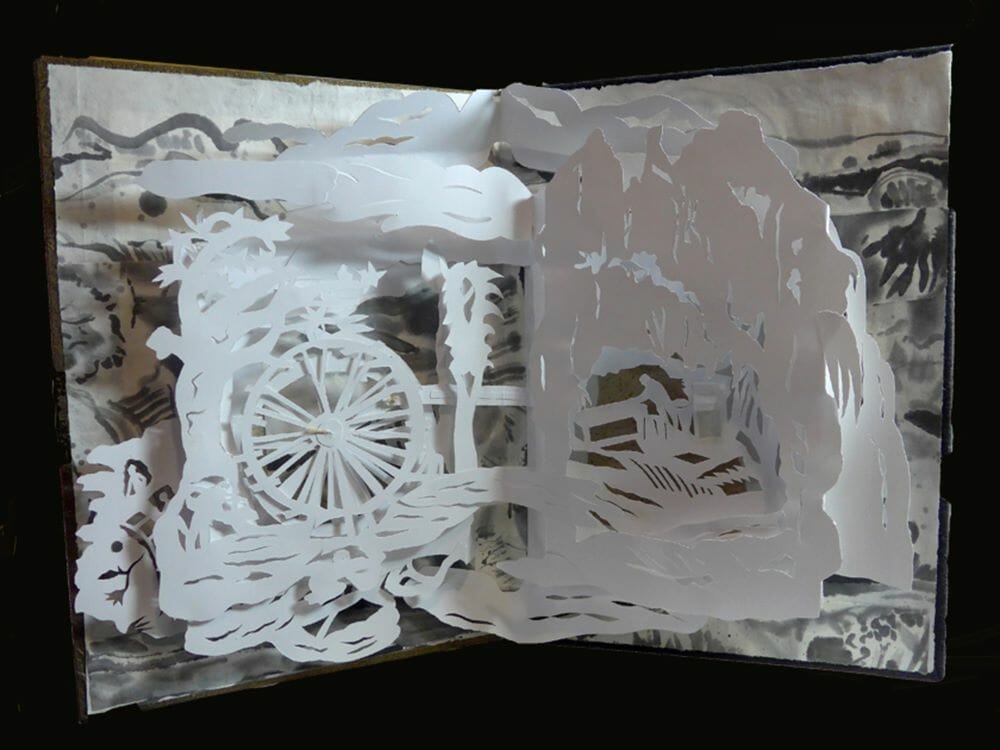
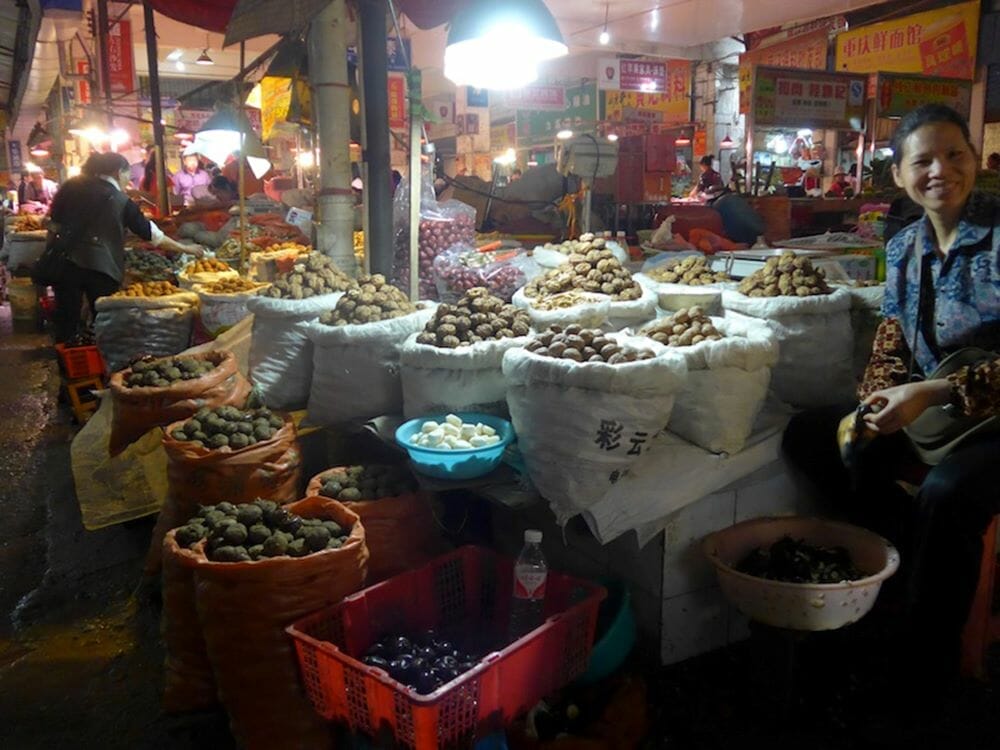
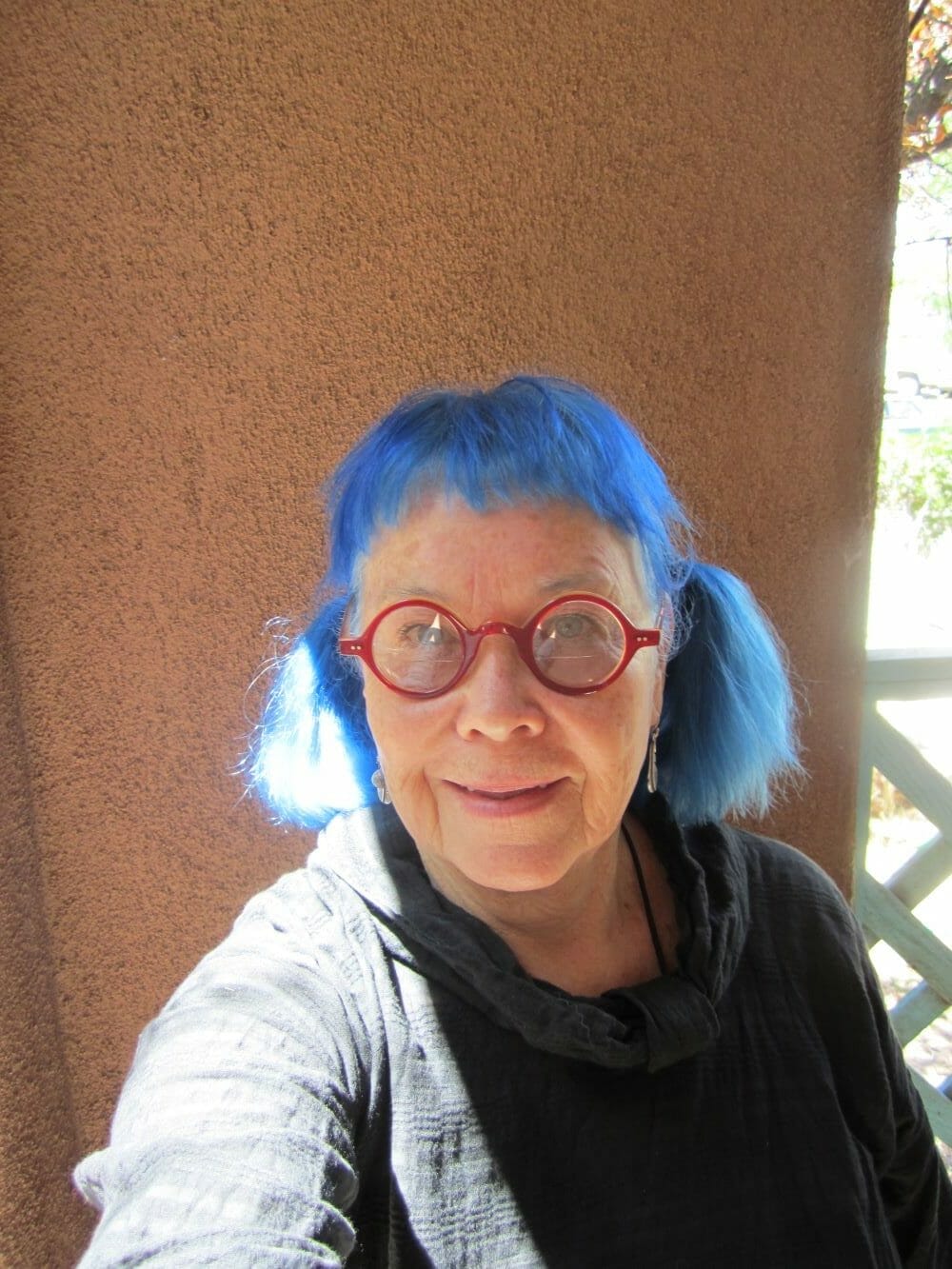
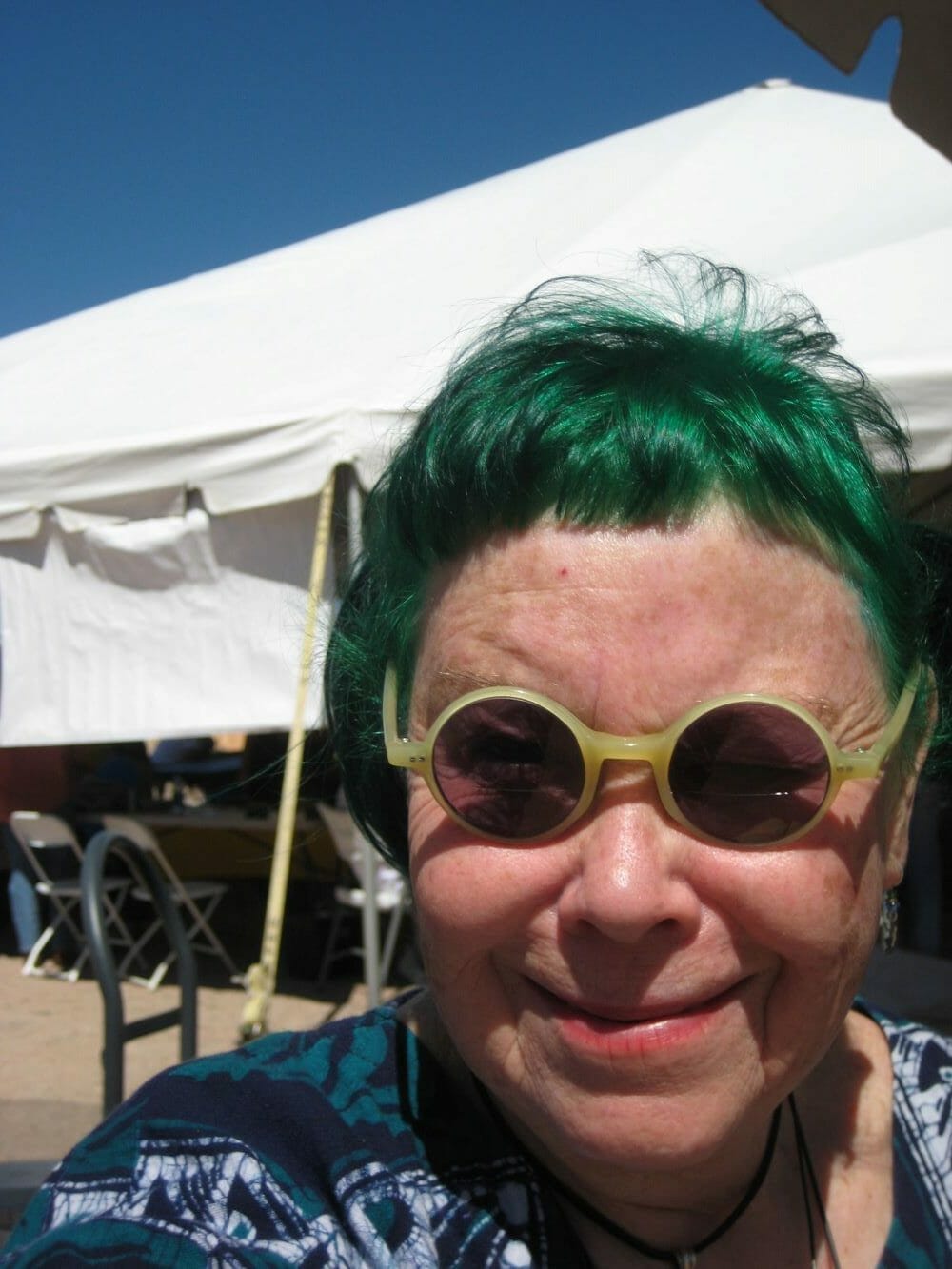
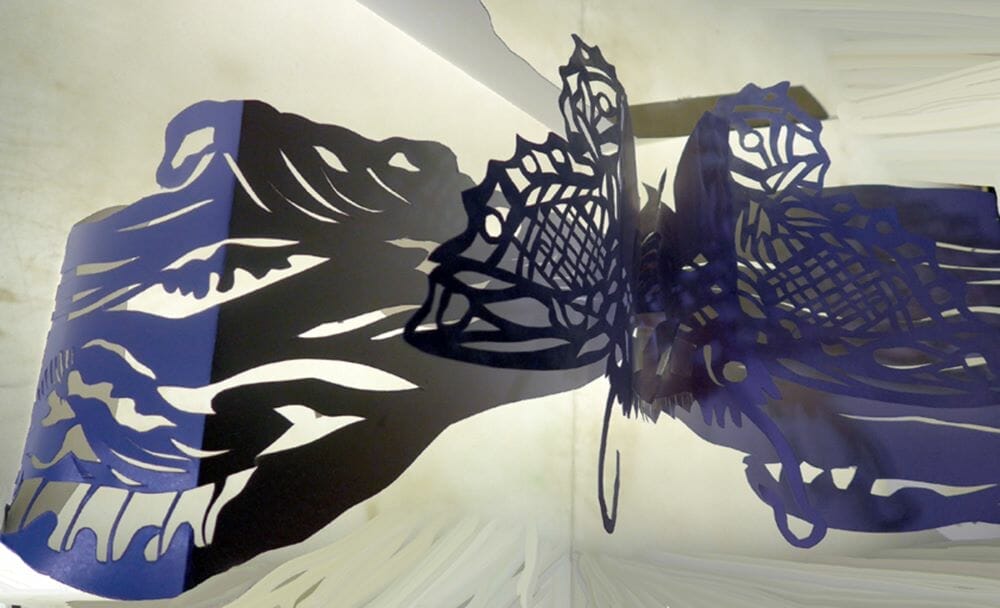
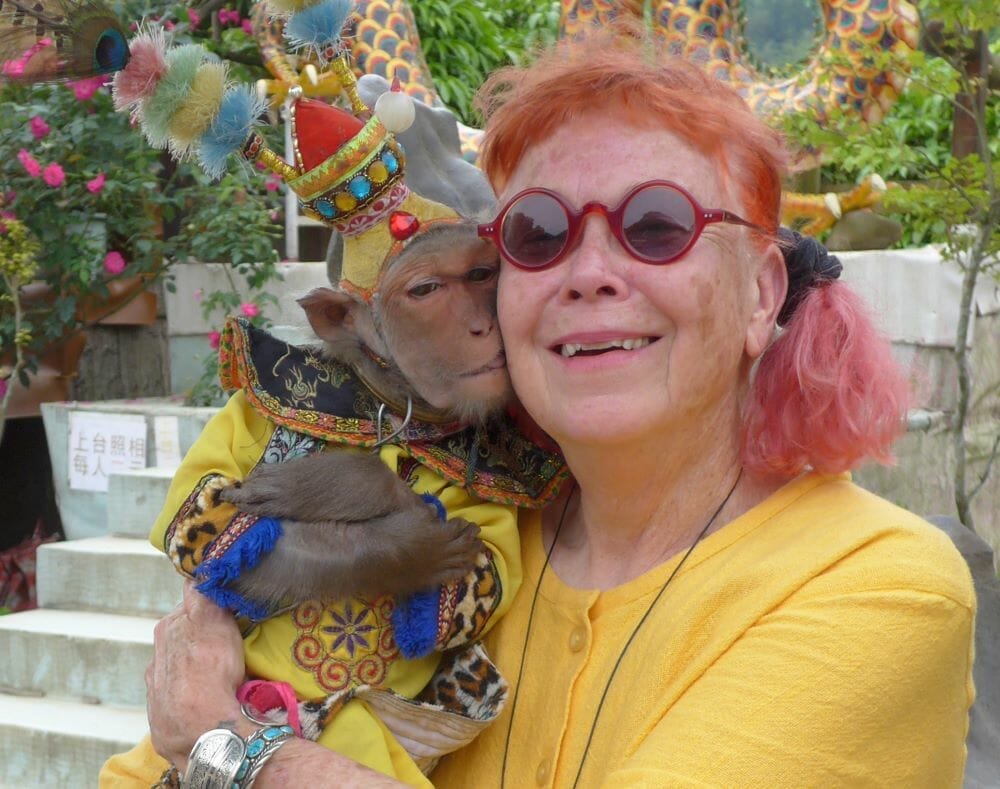
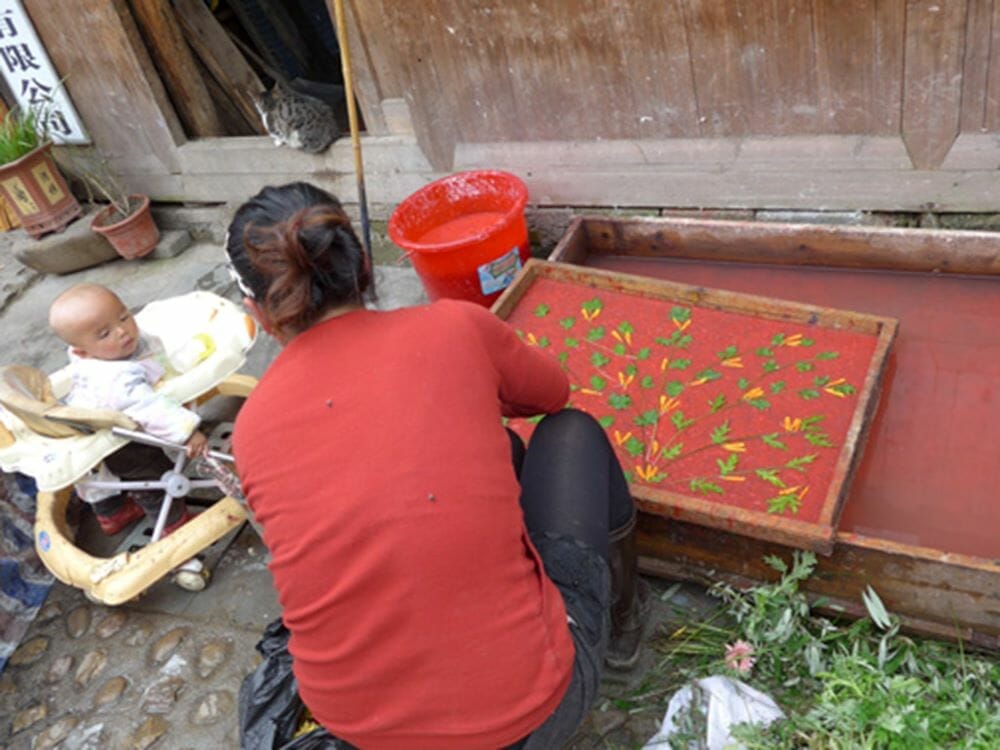

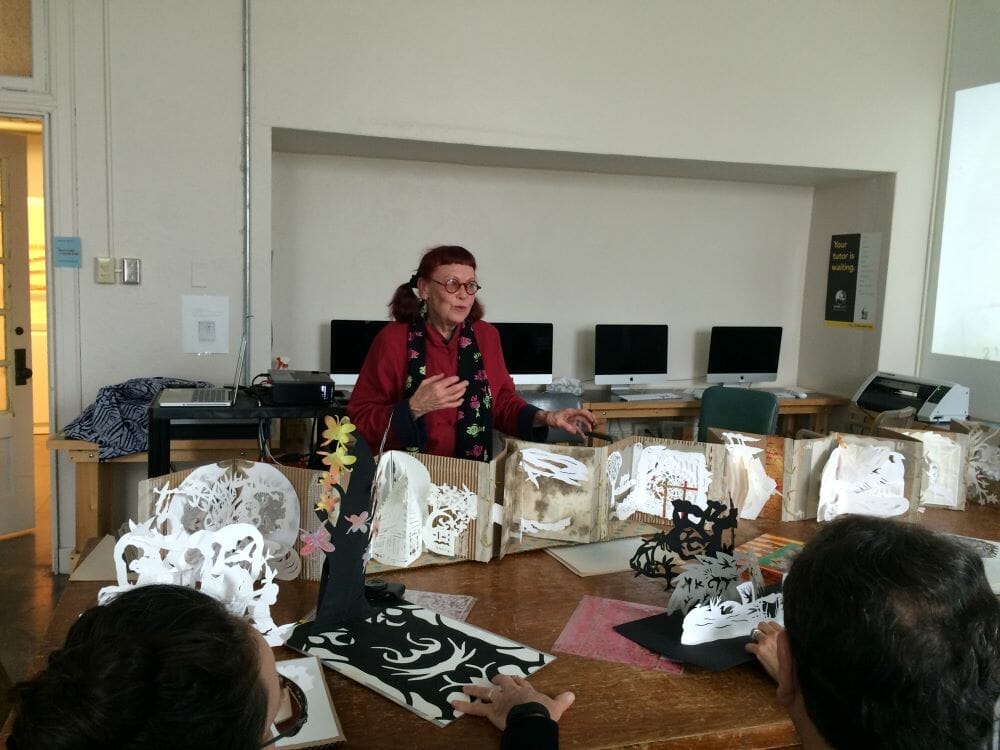


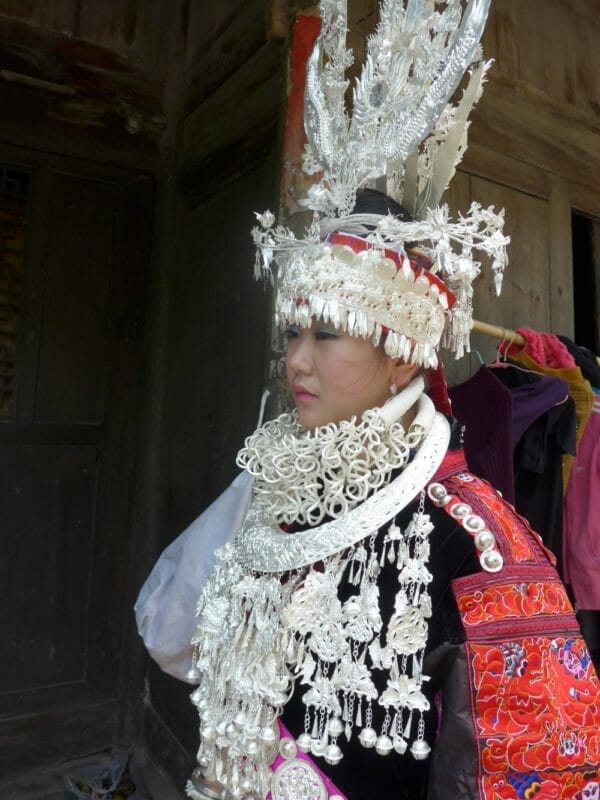



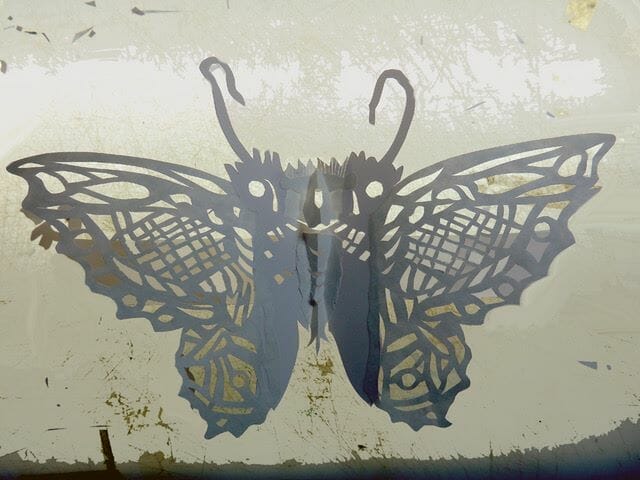
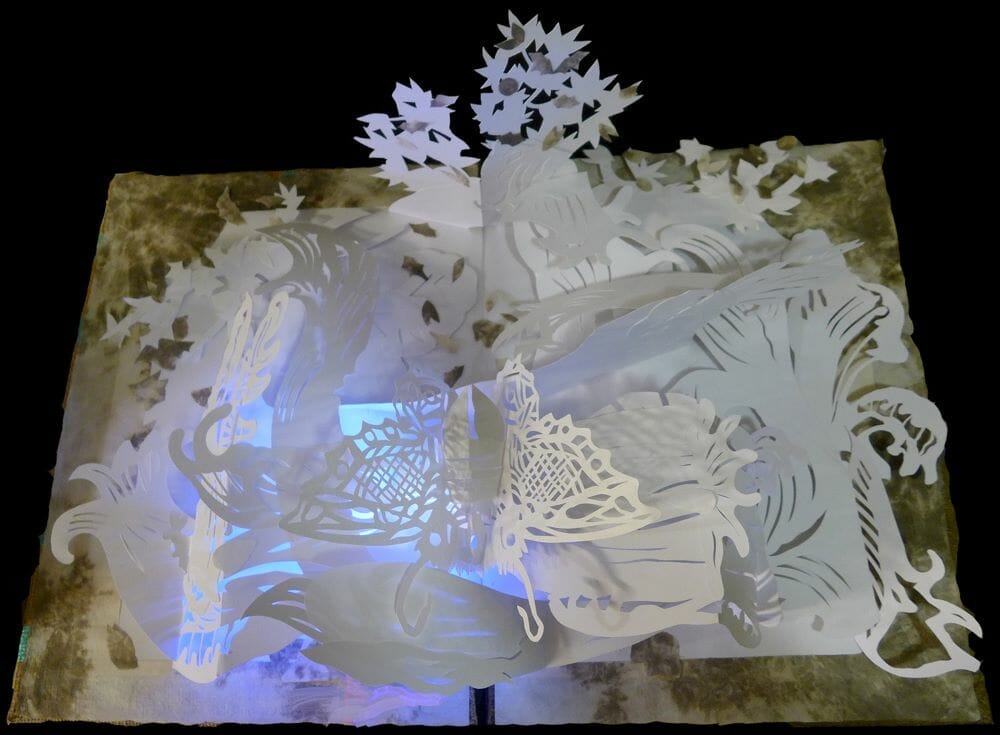
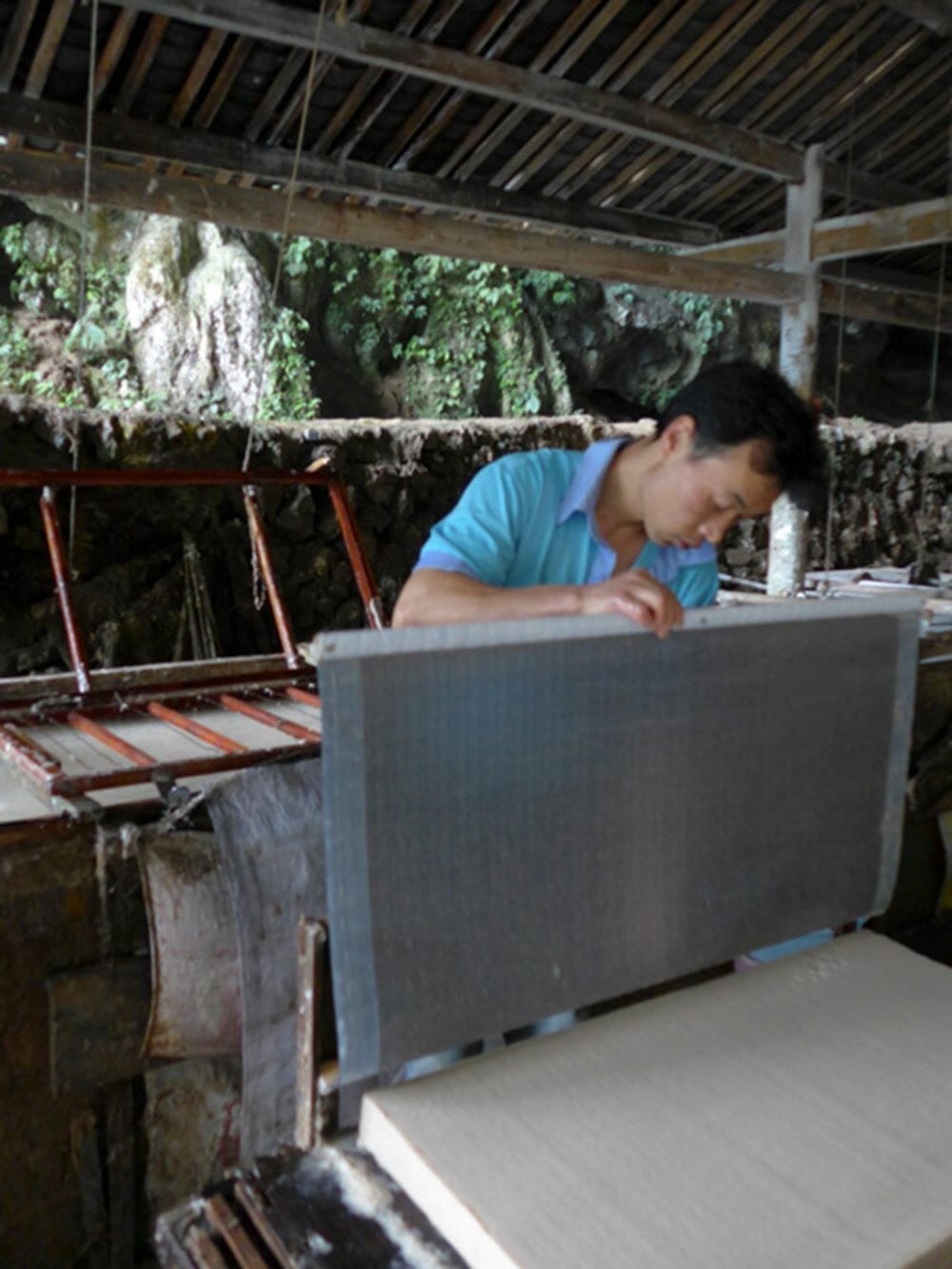
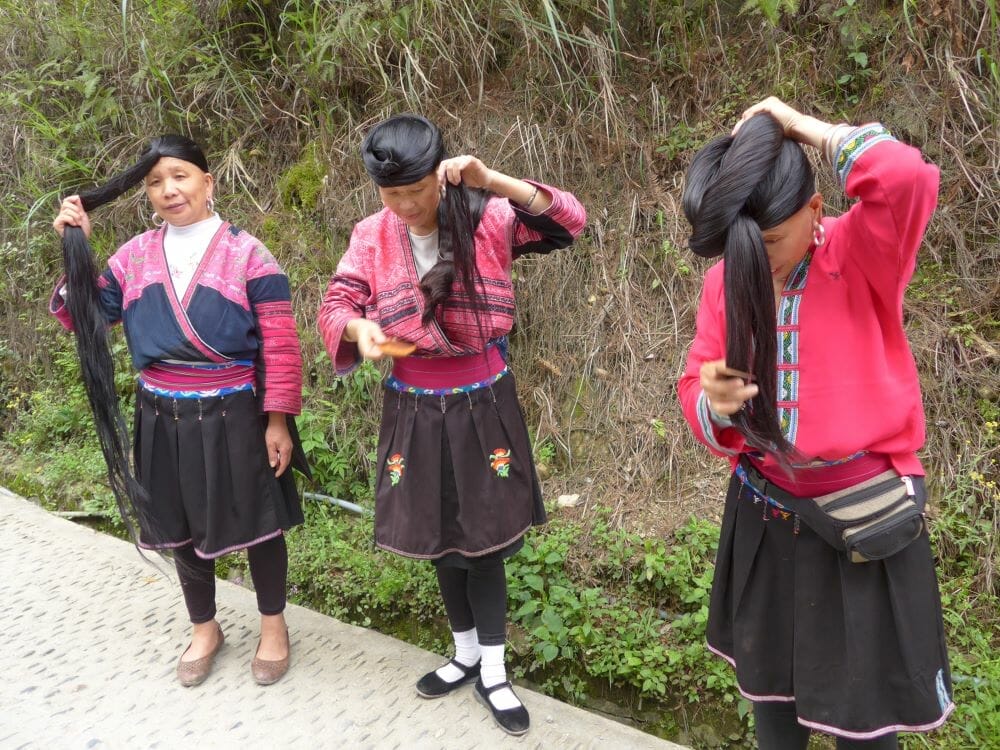
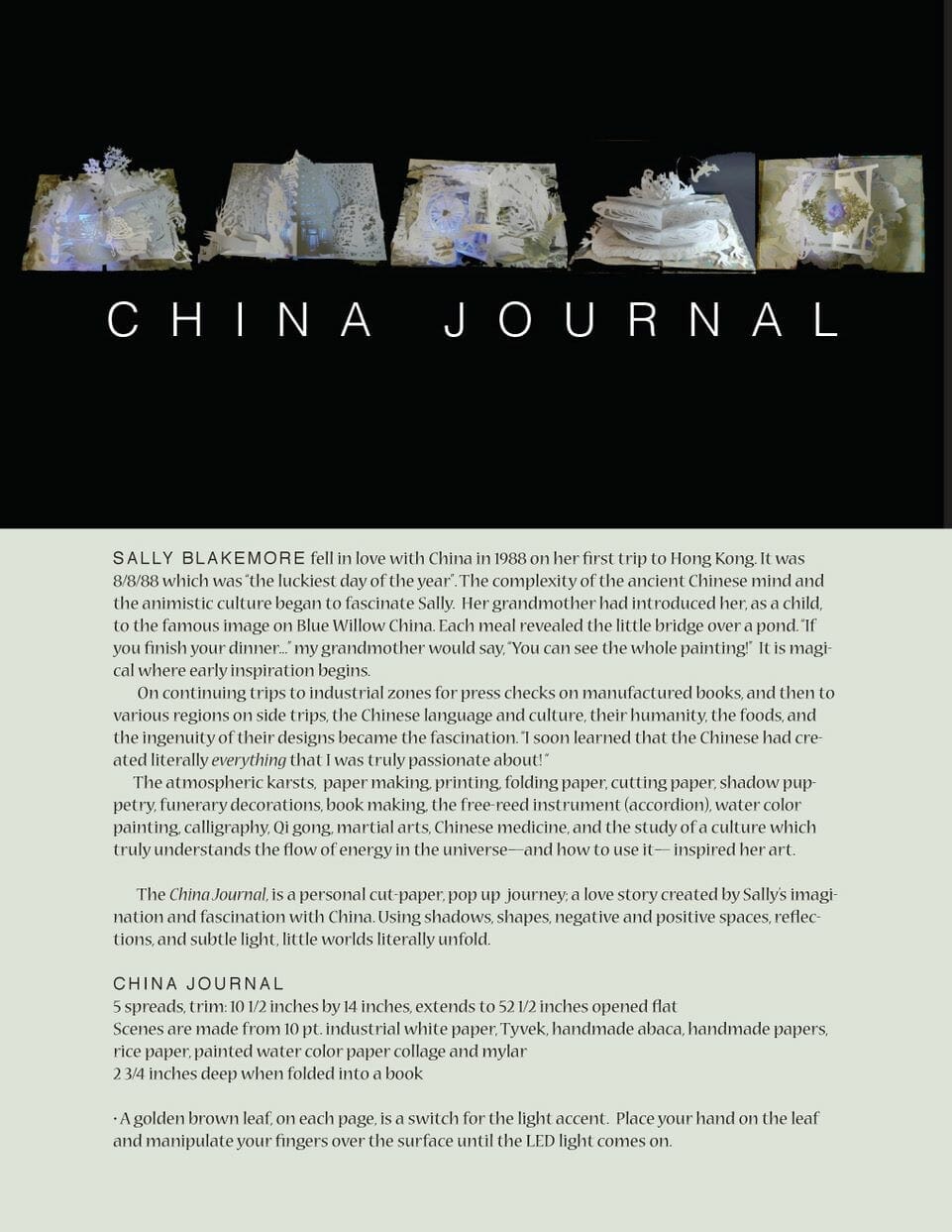
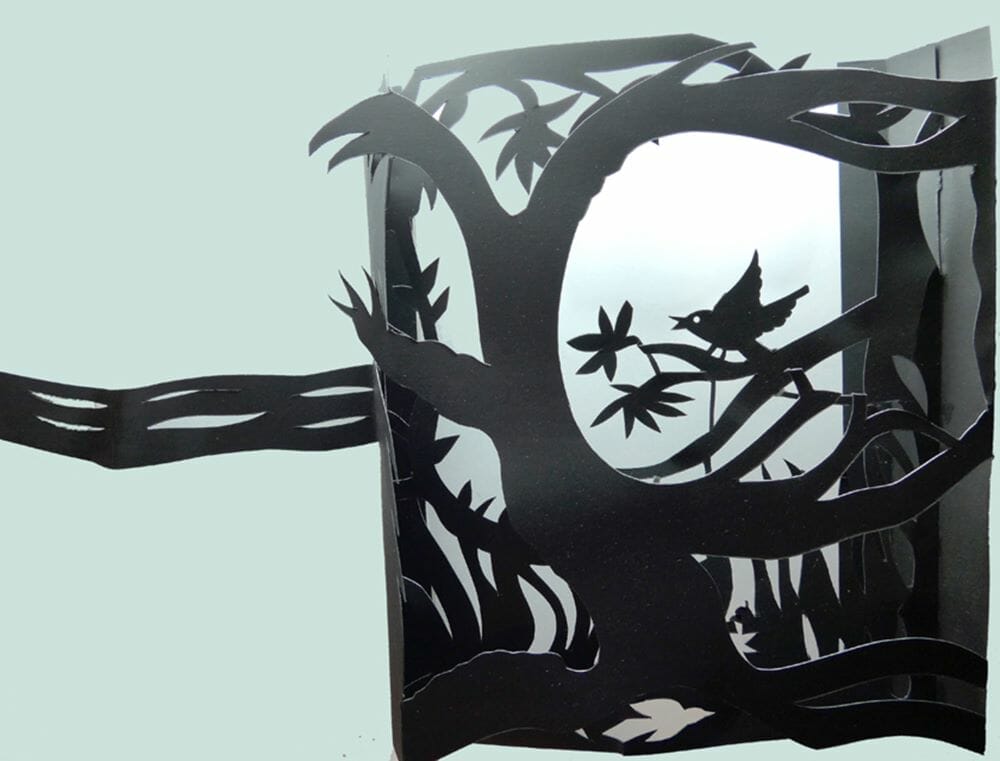


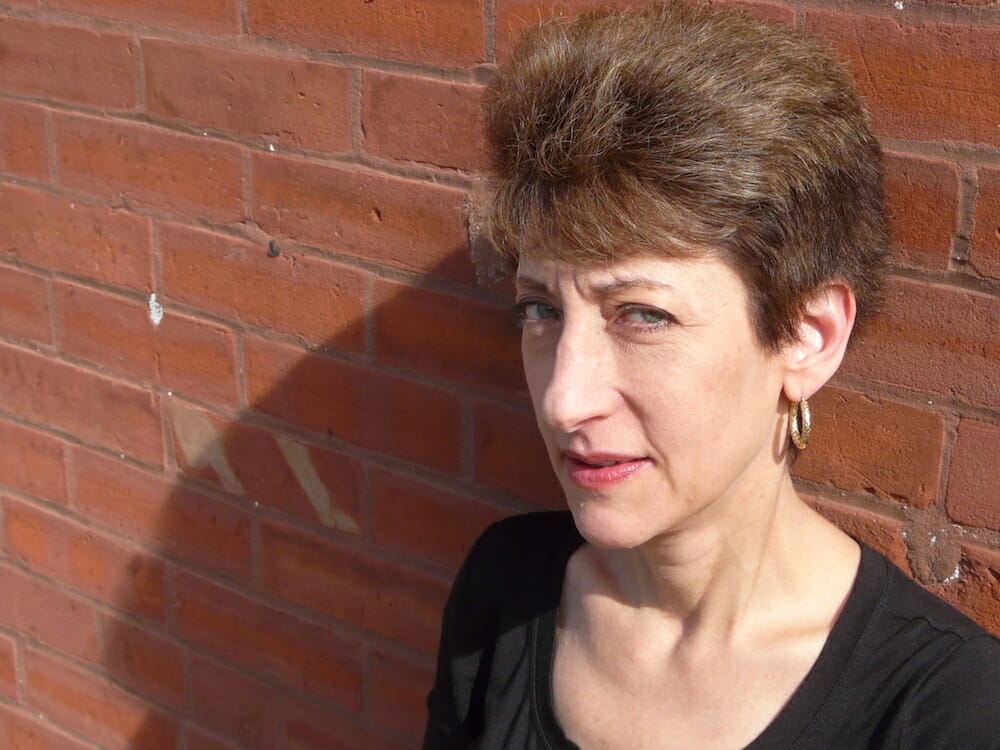

Nominated for Picture This Post BEST OF 2020
Nominated for Picture This Post BEST OF 2020
Nominated for Picture This Post BEST OF 2020
Nominated for Picture This Post BEST OF 2020
Nominated for Picture This Post BEST OF 2020